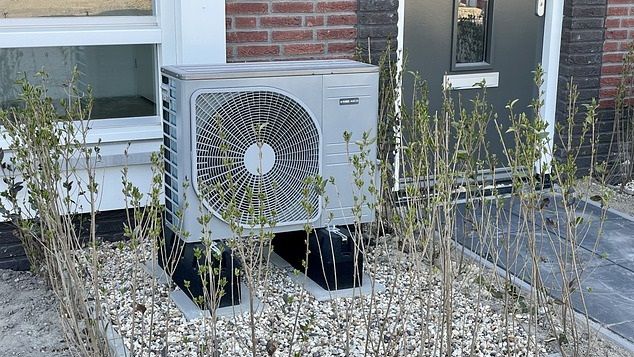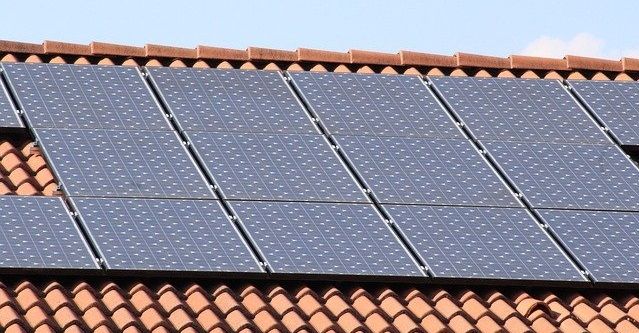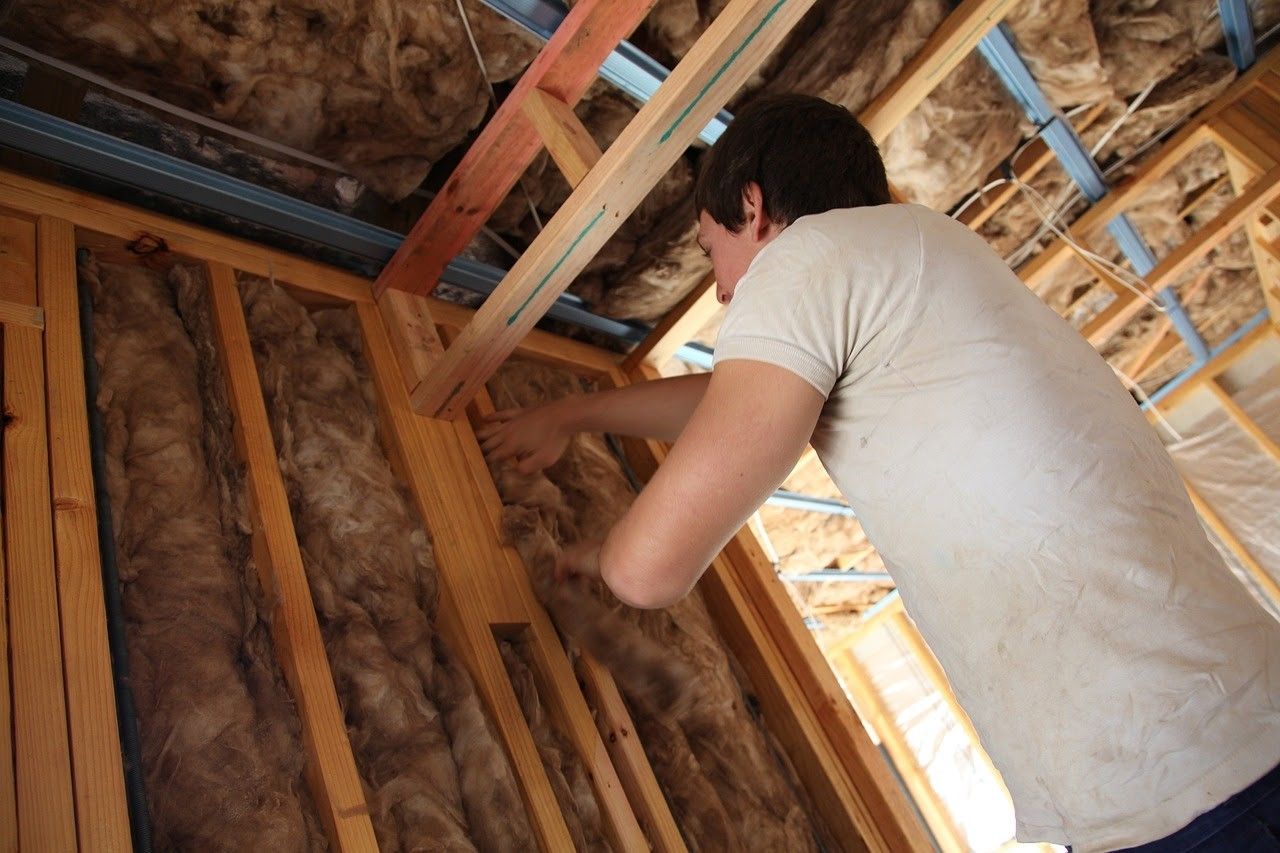Climate Friendly Homes and Why they are Needed
One of the places that we know best, our home, must be an important part of resisting climate change by decreasing our energy use. Resetting our patterns of carbon output is heavily reliant on our ability to rapidly change building practices. On the individual household level, homeowners have a variety of options for how they invest in creating a climate friendly, decarbonized home. Additionally, consideration of climate resilient building practices can help protect your household from climate related severe weather.
Heating, cooling, and lighting 128 million households across the U.S. is responsible for 20% of the total emissions produced by Americans. In contrast to other countries, the average American residence is much more energy costly due to large, more energy hungry dwellings and appliances. We consume more than twice the energy of the average Britton and nearly ten times the energy of the average Chinese person. To reduce our impact on global emissions, a rapid shift towards climate friendly homes is needed.
Updating or building a climate friendly home can carry an expensive price tag. However, homes built with sustainable materials last longer, are healthier for their occupants, cheaper to operate, and have a higher resale value compared to conventional homes. With governments moving quickly to incorporate green standards, incorporating climate friendly changes is the wave of the future.
Government Action and Policy
Building in a climate friendly way has almost always gone beyond the standard building code requirements for a locality. Building code has historically not followed quickly to adopt green efficiency innovations, but governments are moving rapidly to incorporate more climate considerations into mandatory efficiency guidelines.
Under the Biden Administration, there has been a considerable push to increase energy efficiency for new and existing homes. The sale of fossil fuel boilers is set to end in 5 years. In addition, all new buildings will have to run on clean energy by 2030 and half of all American buildings will have to be retrofitted by 2040 in order to keep to climate change benchmarks according to an International Energy Agency report.
Some states are taking even more direct action. The state of California has passed new energy codes that incentivize the use of electric appliances and efficient heating and cooling. These changes will affect all new construction and will ban the use of gas hookups entirely.
Programs such as LEED and Passive House have been an important part of the implementation of clean energy standards in the United States. Programs focused on net zero energy house construction and efficiency standards will be a guide to the future of efficient and climate resilient construction.
What Changes Will be Necessary?
The use of electricity instead of gas operated appliances and heating for dwellings is a big part of the plan for climate friendly homes. The other major component is the use of renewable energy sources for generating electricity. Because only a small portion of houses in the U.S. are newly built, the largest focus is on retrofitting existing dwellings when their appliances reach the end of their useful lives.
It will cost $47,000 for the average American household to decarbonize, according to Lawrence Berkeley National Laboratory. That’s a huge cost. But as experts point out, we are already paying for our inaction against climate change through tax dollars spent on disaster relief, increased insurance rates, and lower property values due to climate related damage and risks. With insurance costs from fire damage in the tens of billions alone, these changes are a necessary part of future house construction and renovation.
Small Changes
- Replace incandescent light bulbs with LEDs. LED bulbs use more than 75% less energy than incandescent lighting.
- Install low-flow shower heads. For maximum water efficiency, select a shower head with a flow rate of less than 2.5 gallons per minute (gpm). Similarly, purchase faucet aerators with flow rates of no more than 1.0 gpm.
- Seal doors and windows. Use weatherstripping and caulk to cover cracks in doors and windows.
Household Appliances
Before you add the additional new electrical appliances to your home, you will need to check that your home’s electrical systems can handle the additional load. Electrical upgrades can be one of the biggest hurdles to home electrification. However, this change can greatly decrease your home’s upkeep costs and increase the safety of your household. Kids who grow up in households with gas stoves are up to 42% more likely to suffer from asthma, so switching to electric can help protect your family. To help with costs for home electrification, low-interest government-backed loans are a great option.
- Revamp major appliances in the home to be more efficient and run off electricity. This includes your furnace, water heater, clothes dryer, and stove. If you have limited funds, prioritize replacing your heating and hot water, as that is where you will see the most savings.
- Install an air-source heat pump. These are electric devices which provide heat, hot water and dry clothes by extracting heat from the atmosphere. They are up to four times more efficient than natural gas alternatives. Your current heating system will determine which type of heat pump is most suitable for your home.

- Install low-flush toilets. Certified toilets use less than 1.6 US gallons per flush and can save the average American household up to 2,000 dollars in saved water costs throughout the lifetime of the toilet.
Large Changes
- Install solar panels or participate in shared community solar panel systems. For these options, there are well-established tax credits and rebates and a variety of financing options available through government sources.

- Update your home insulation. Add insulation in attics, crawl spaces, and basement rim joists to save an estimated 15% on heating and cooling costs. Generally, adding more insulation means more energy savings, but you can consult the Department of Energy’s zip code recommendations for the right amount of insulation for your climate.

- Switch to an electric or hybrid vehicle, but only when you need to retire an existing vehicle. In California, there are significant rebates available for electric vehicle purchase.
- Use passive energy efficient design and energy efficient materials for new construction and remodels. Passive efficiency designs can reduce the need to use energy for heating and cooling.
- Use renewable materials for new construction and remodels.
In addition to changes to individual homes, massive restructuring of neighborhoods and communities will be needed to cut down our carbon output. Systemic changes are needed to make housing denser, more walkable, centered around public transportation, and away from the risks of climate change.
One of the more dramatic changes that we are likely to see in the near future is smarter and more automated power systems with technology to balance clean energy sources with traditional energy sources. We may also see the prefabrication of home insulation in factories to increase efficiency and decrease cost.
Conclusion
The effects of a changing climate are becoming more and more pronounced in our everyday lives. With rising resource scarcity, making your home more energy efficient is a smart bet for the future. In addition to cost considerations, lowering your energy use can help improve your home’s functionality and livability. For example, phasing out gas from your home removes the need for a carbon monoxide detector and increases the security and safety of your family. Creating a climate friendly home is a great start towards tackling an uncertain future with climate change.